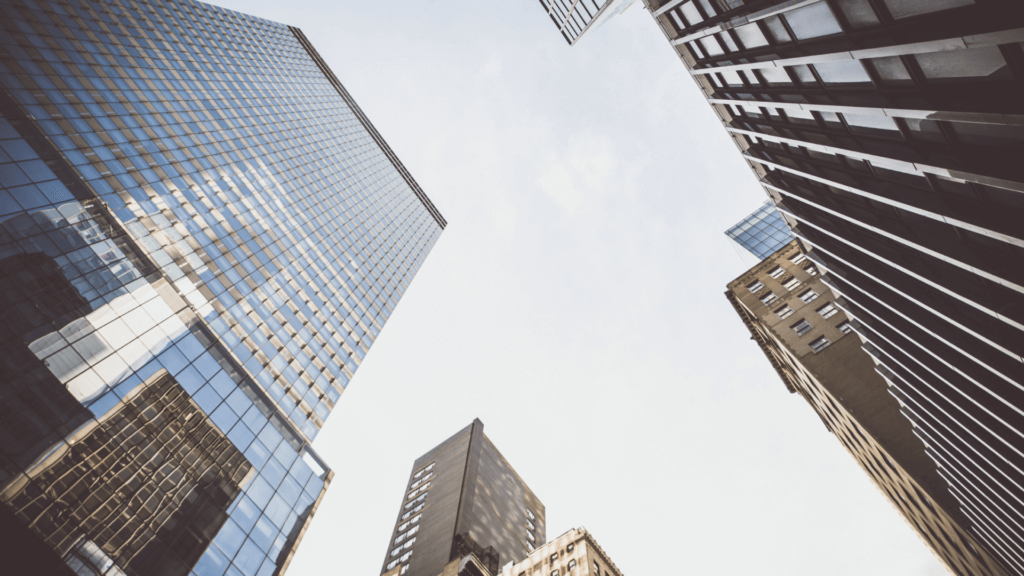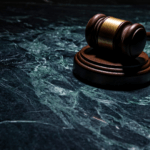
Each year, the United States experiences a variety of natural disasters and severe weather events. Tornadoes can cause havoc in states like Oklahoma and other states that line Tornado Alley. Hurricanes drench and devastate coastal states like Texas, Florida, and Louisiana. While the West Coast often faces wildfires that can destroy entire communities.
These and other natural disaster events have the potential to cause catastrophic damage to properties and leave home and business owners with nowhere to turn. As these disasters continue to increase in intensity and frequency year after year, it’s no wonder that studies have indicated over half of U.S. properties are now threatened by natural disasters.
Almost 60% of Structures in the Nation are Threatened by Disasters
When a natural disaster impacts an area, the direct effects of it are typically not felt by those outside of the immediate area. Recent studies have shown, however, that almost 60% of properties in the U.S. are threatened by natural disaster events like floods, earthquakes, tornadoes, wildfires, and hurricanes.
In a study published by the American Geophysical Union in 2021, researchers indicated this dangerous trend is likely due in part to the risky development of structures and land use changes. While weather changes do pose some risks, property losses could be increasing due to the way cities and other urban areas are developed. In this study, researchers produced maps of earthquake, flood, hurricane, tornado, and wildfire hazards and compared them to a specialized dataset of historical land use from Zillow—a database of popular online real estate marketplaces. Researchers then mapped out where the likelihood or magnitude of a natural disaster event fell within the top 10% and identified natural hazard hotspots. According to the researchers, development patterns drive exposure to natural disasters and loss, and having more detailed mapping could help to improve national-scale risk assessments.
Their findings showed that 57% of the structures in the contiguous U.S. are in natural disaster hotspots, with roughly 1.5 million structures located in hotspots of two or more natural disasters and/or hazards. Additionally, the number of threatened structures is slowly increasing despite a national development slowdown over the last decade.
Those involved in the study also linked regional development patterns to various hazard risks. For instance, an increase in commercial buildings and residential areas being built in cities or suburbs that are already largely developed correlated to increased vulnerability to hurricanes and earthquakes. Researchers believe local decision-makers could use the study’s methods and data to improve risk assessments and better understand the socioeconomic variables that potentially increase the risk of exposure to neighborhoods and communities in heavily developed areas.
While the full impact of how overdevelopment increases the susceptibility of structures to property damage caused by natural disasters is not known, the study offers insight into what could happen if this kind of development continues over time.
Another study by the non-profit research organization First Street Foundation found 56% of homes in the nation’s contiguous 48 states face at least some wildfire risk in the next few decades. The organization gave each address in the U.S. a rating between one and 10, with one representing close to no risk and 10 representing a 36% or more likelihood that a property could be caught up in a wildfire sometime over the next three decades. On the other hand, more than 20 million properties in the U.S. are threatened by at least moderate wildfire risk.
A different survey found the impact of climate change and irregular weather patterns caused 64% of Americans surveyed to cite climate change or better weather as a reason to move in 2024. These feelings have grown over time as just two years ago, 51% of Americans said their move in the last two years was unexpected and nearly a third of Americans surveyed cited climate change.
Commercial Property Insurance and Natural Disasters
When a natural disaster happens, commercial property insurance can sometimes be a lifeline for business owners whose properties have been directly impacted. Commercial property insurance works to help cover the physical assets of a business, including the location itself, for damages caused by fire, theft, and storms, among other causes. While additional coverage may be needed for property not directly attached to the insured building, like commercial vehicles, the physical assets that are most often covered can include:
- Inventory
- Equipment
- Computers
- Satellite dishes
- Important documents
- Lost income
- Construction costs, if necessary
While most of these items can be covered under a commercial property policy, business owners mustn’t assume every natural disaster will trigger coverage. For instance, property insurance policies usually exclude coverage for flood damage. This means that if a hurricane occurs and flood damage is present, it will likely not be covered under a standard commercial policy. To ensure a commercial property has adequate insurance coverage in the event of a flood, business owners will need to purchase a separate flood policy through the National Flood Insurance Program.
In addition to flood damage, damage caused by an earthquake is also generally not covered under a standard property insurance policy. While Texans don’t often have to worry about their businesses being damaged by an earthquake, if a business has other properties in earthquake-prone areas like California, it will need to purchase additional coverage through a commercial property earthquake endorsement.
If a commercial property owner is unsure as to whether or not their business has the right coverage in place, they should consult with legal counsel. Having the advice of a knowledgeable property coverage attorney can provide peace of mind should the worst occur.
How Commercial Property Owners Can Protect Their Operations
No matter the type of natural disaster event, there are several ways commercial property owners can protect themselves and their company from devastation before, during, and after a natural disaster, including:
Create an Emergency Plan
Drafting an emergency operations plan for a business is essential when faced with a potential disaster event. This plan should include information on the chain of command for employees to reach out to, up-to-date employee contact and emergency contact information, certain delegated responsibilities both on and off-site, how the business will operate if its primary location has been compromised, if remote work can be made available, communication methods, and disaster drill protocols to name a few.
Back Up Important Files and Documents
No matter where the business is located, important files and documents should always be periodically backed up – particularly if a natural disaster is imminent. Existing paperwork should be organized in an off-site location with copies made as needed. This can include insurance forms, payroll information, and tax documents.
Scanning, uploading, and syncing these and other files into a cloud-based storage system can help to ensure they can be accessed at any time no matter where employees or management are during and after the disaster. This can help keep the business running smoothly throughout the ordeal.
Review the Company’s Property Insurance Policy
Owners of a commercial property should take the time to thoroughly review the company’s existing insurance coverage. Taking a comprehensive look at the policy limits and potential additional coverage outside of the general policy can help ensure the property is prepared for whatever damage it may face.
Commercial Property Insurance Claim Attorneys
As natural disasters continue to grow in intensity, commercial property owners must ensure they are prepared for a worst-case scenario at a moment’s notice. Unfortunately, even in the direst circumstances, business owners can still be taken advantage of by insurance providers who refuse to honor their contractual obligations. If your business has been impacted by a covered natural disaster event and your insurer has delayed, grossly underpaid, or denied your claim, it is in your best interest to hire experienced legal counsel. At Raizner Slania, we are well-versed in handling complex commercial insurance claims disputes and can help business owners get back to work.


